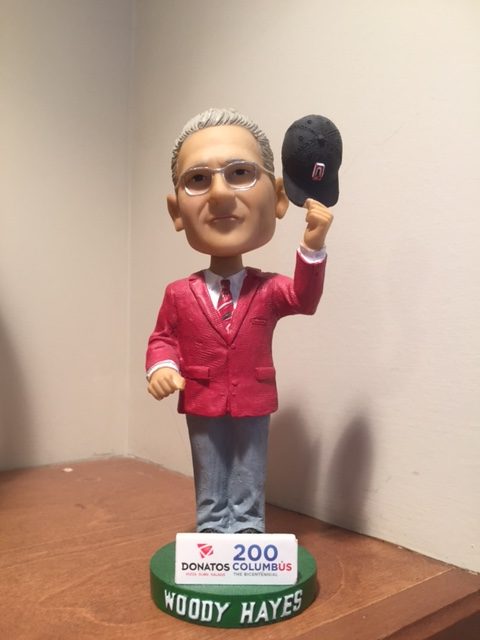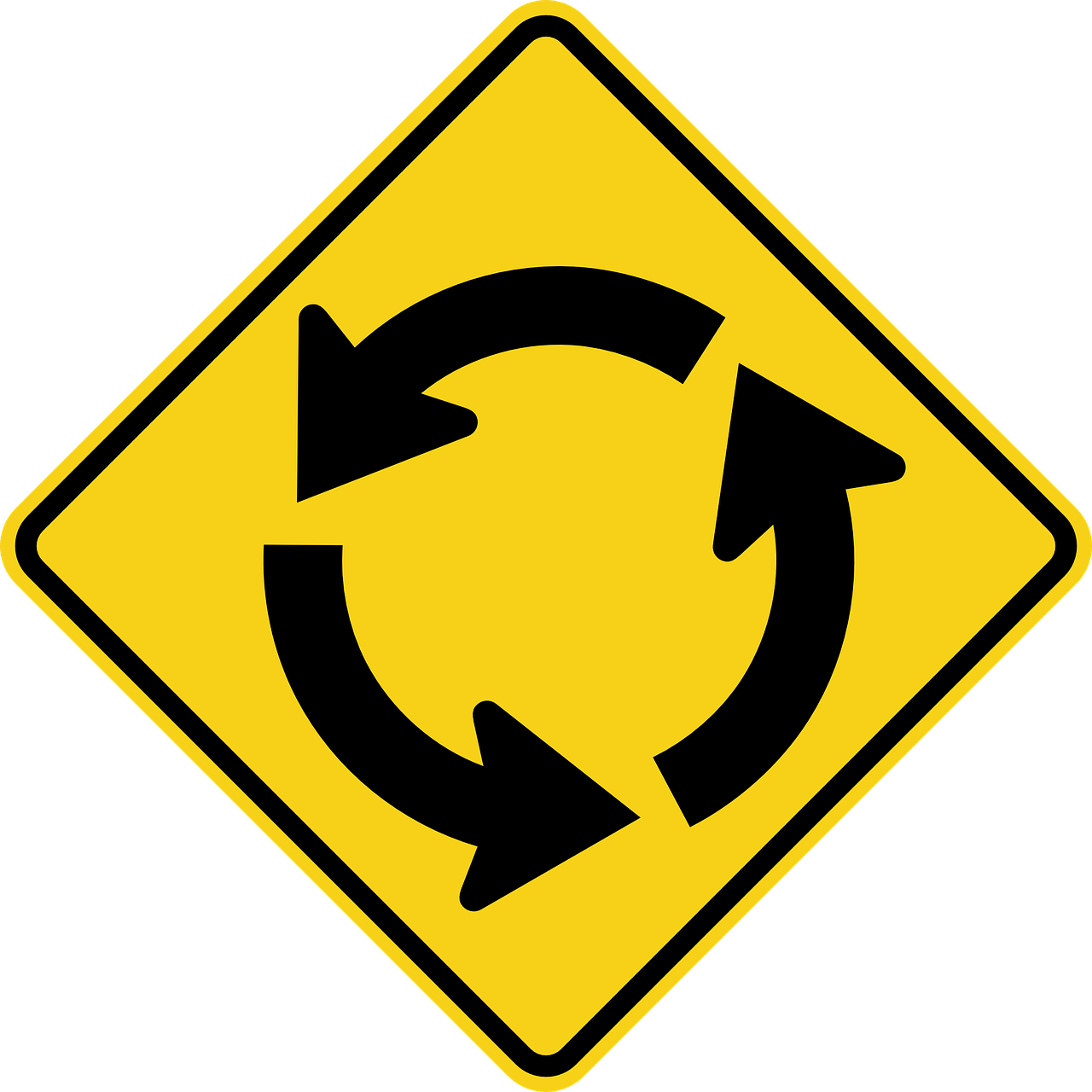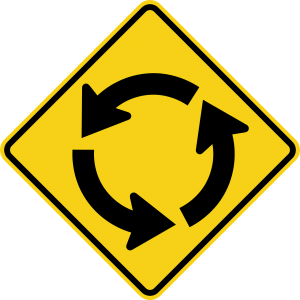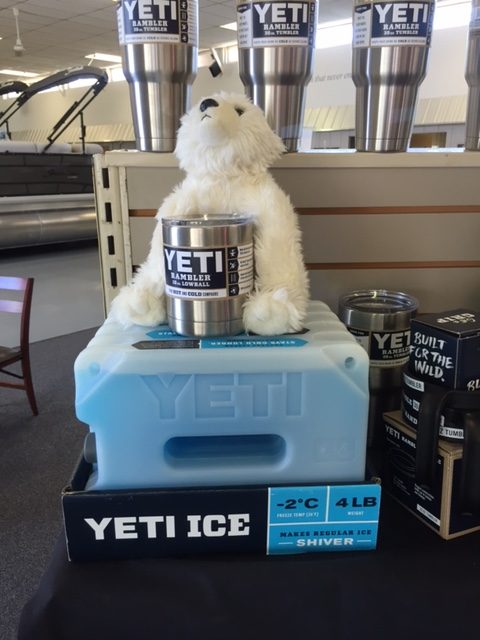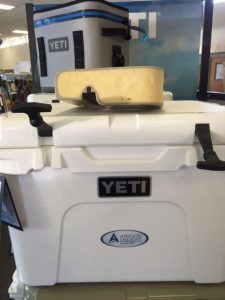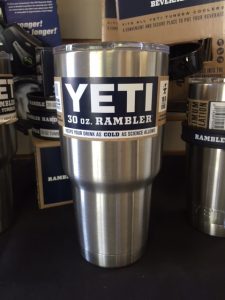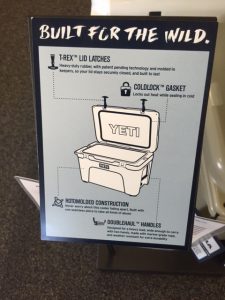Voice of Customer Finds “Sales Secret Weapons”
In my last series of posts I have been sharing how powerful capturing the voice of your customers (VoC) and voice of your market ( VoM) is in growing your business profitably. In this post I will share how to leverage customer voice into a “sales secret weapon“.
In my last post I shared how critical it is to understand the criteria your buyers use today as well as how those criteria rank in order of importance. You may be providing services and features that cost you margins that your customers no longer value. Or, you may be leading with a dated value proposition and not sharing the most important buying criteria your buyers are shopping for today and losing sales you could have won.
First we need to meet with our customers and prospects and understand how they shop, the buying journey they take, as well as the key criteria they must have to make a purchase. With out this information your sales team is playing what I refer to as: “feature and benefit BINGO”. They are calling out features and benefits in hoping the buyers jump up and say… yes, I need that one…BINGO! In this sales model you are relying on your buyers to figure out the problems you solve, or could solve for them. In todays market you must intentionally share the problems you solve for your customers.
Sales teams who have been trained to understand how buyers buy, what they need to buy, and are equipped with the right sales tool for each twist and turn in the buyer journey win sales.
I read an interesting article in Adweek this week concerning how sports teams use various give away items to increase ticket sales as well as encourage fans to arrive earlier to the ballpark. Fans who arrive early spend more money; it’s as simple as that.
What does ballpark giveaways have to do with your business?
Great Question!
Please answer the following questions:
What buying criteria must your buyers have today to buy?
What is the order of importance for these criteria?
How does your overall service offering compare to what buyers want and need today?
Some common giveaways I see companies offering include:
- Time of shipment
- Service level
- Free freight or FOB freight
- Payment terms
- Packaging specifications
- Quality specifications
- Added value engineering
- Marketing tools
- On line order entry/ EDI
- Customer sales force training
- Technical support
- Material recommendations
- Discounted material costs based on your total buying power
- Returnable freight packaging
- Quality guarantees
- Out going product inspection
- Product testing
The list can go on and on based on your specific industry.
Based on your industry you have heard a number of requirements from buyers. Obviously the job of a buyer is to ask for as much as they can receive for the lowest price. The trouble occurs when your salespeople do not understand how they key buying criteria rank in order of importance for your buyers.
Market leading sales teams are trained to ask.
What I have observed more often than not is sales teams spill their candy in the lobby. They “show up and throw up” until the buyer agrees to buy. It is not your sales team’s fault. They are trying to use the tools they were given. My challenge is what if you could have sold the buyer with the ability to execute three key buying criteria and not all 12-15 your salesperson listed? If this occurs your team is incurring costs and performing features, benefits and services that are costing your team margins and are not of key value in the buying decision today.
For example I mentioned the recent AdWeek article. In this article it shares how major league baseball teams have taken the time to understand the voice of their customers, the fans, and in doing so identified a direct sales increase on the game nights they give away bobble heads. Bobble heads produce more results than any other giveaway.
Major league teams have given away all kinds of things (just like your business may be doing now) in the hopes of increasing ticket sales and getting consumers to arrive at the ballpark earlier. Things like tote bags, T-shirts, baseballs, baseball cards, towels and bobble heads.
When fans arrive earlier, they spend more money. It’s as simple as that.
The article shared the following:
- Bobble head giveaways increase ticket sales 15%-30%
- The Cubs realized a 71% increase in fans arriving more than an hour before the game
What I like about this information is it is simple, quantifiable and easy to execute.
What impact could your sales and profits see if you identified your one to three top “bobble heads” secret sales weapons your buyers need to buy today?
Do you agree how powerful this information would be to increase sales and profits?
With this kind of focus do you feel your team could execute in delivery? (I bet they can)
The trouble with most businesses today is they are providing a laundry list of features, benefits and services and are often not sure the top one or two that truly drives sales behavior. So what do most teams do? …. They offer them all. Just like giving away tote bags and baseballs fail to move ticket sales dials, your team may ( more than likely is) giving things away that buyers do not value today, or do not value as much as they did in prior years.
How can your team know what buyers value today?
Capture and leverage voice of the customer and voice of the market.
How about your company….
Do you know the key buying criteria your buyers must have today?
What are all the features, benefits, and services your team is offering to win sales today?
What impact would just offering what buyers need today have on your operations efficiency?
What impact could knowing and ranking buying criteria have on your teams’ sales close rate and gross profit margin?
What additional profits could you realize by eliminating things no longer high on your buyer’s key criteria list?
What is your team’s one or two bobble heads that really drive sales growth?
I have helped companies increase sales and profits for over 30 years. I wish it was some crazy technical secret process but it really is not. If you take the time to understand your customers, capture their voice and leverage what you learn you will see what I refer to as explosive growth.
Why?
Simply put, most companies you are competing with have salespeople showing up and throwing up. They are verbally vomiting all kinds of promises to win the sale. Some are important, some are industry standard performance requirements, and some are no longer a value, and some are dated based on how we have always done things around here.
If you have not captured the voice of your buyers and market in the last 12 months I promise you …
- Your sales process is broken
- Your team is giving away things buyers no longer value
- Your team is losing sales you could have and should have won
Once you capture the voice of your customers you can leverage that knowledge into a repeatable sales process ,sales tools, and sales training that guides your sales team based on what your buyers value most today.
Customer voice helps you create your own repeatable sales process GPS for your sales team to close more sales profitably.

